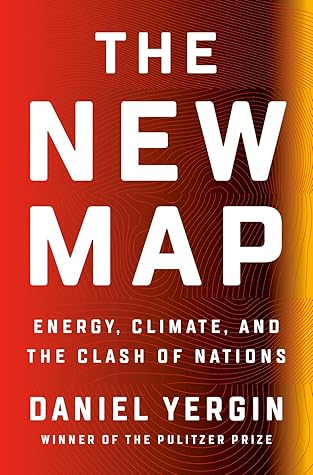The biggest project to date, by far, is the $62 billion China-Pakistan Economic Corridor. Almost 70 percent of it is for electric power–related investment. The rest is for highways, oil and gas pipelines, and most notably a major port at the coastal town of Gwadar, located strategically on the way to the Persian Gulf and the Suez Canal. A putative landmark for the Maritime Silk Road, the port could be a convenient stopping point for the Chinese navy. Gwadar is connected to China not only by sea. At great cost and with extraordinary difficulty—including surmounting the sixteen-thousand-foot
...more
This highlight has been truncated due to consecutive passage length restrictions.


